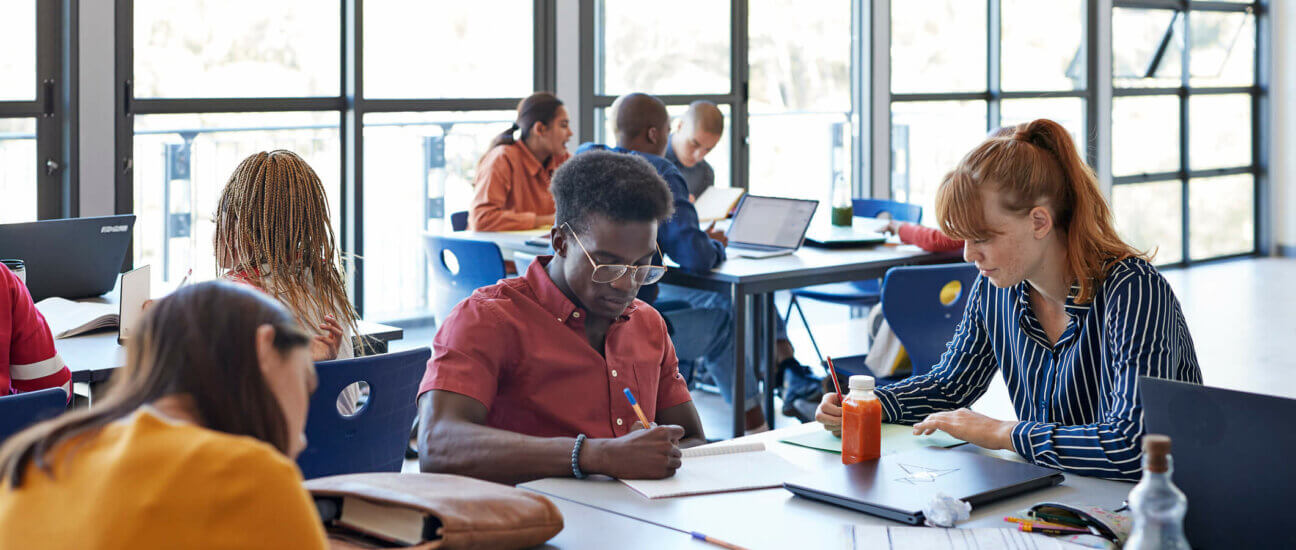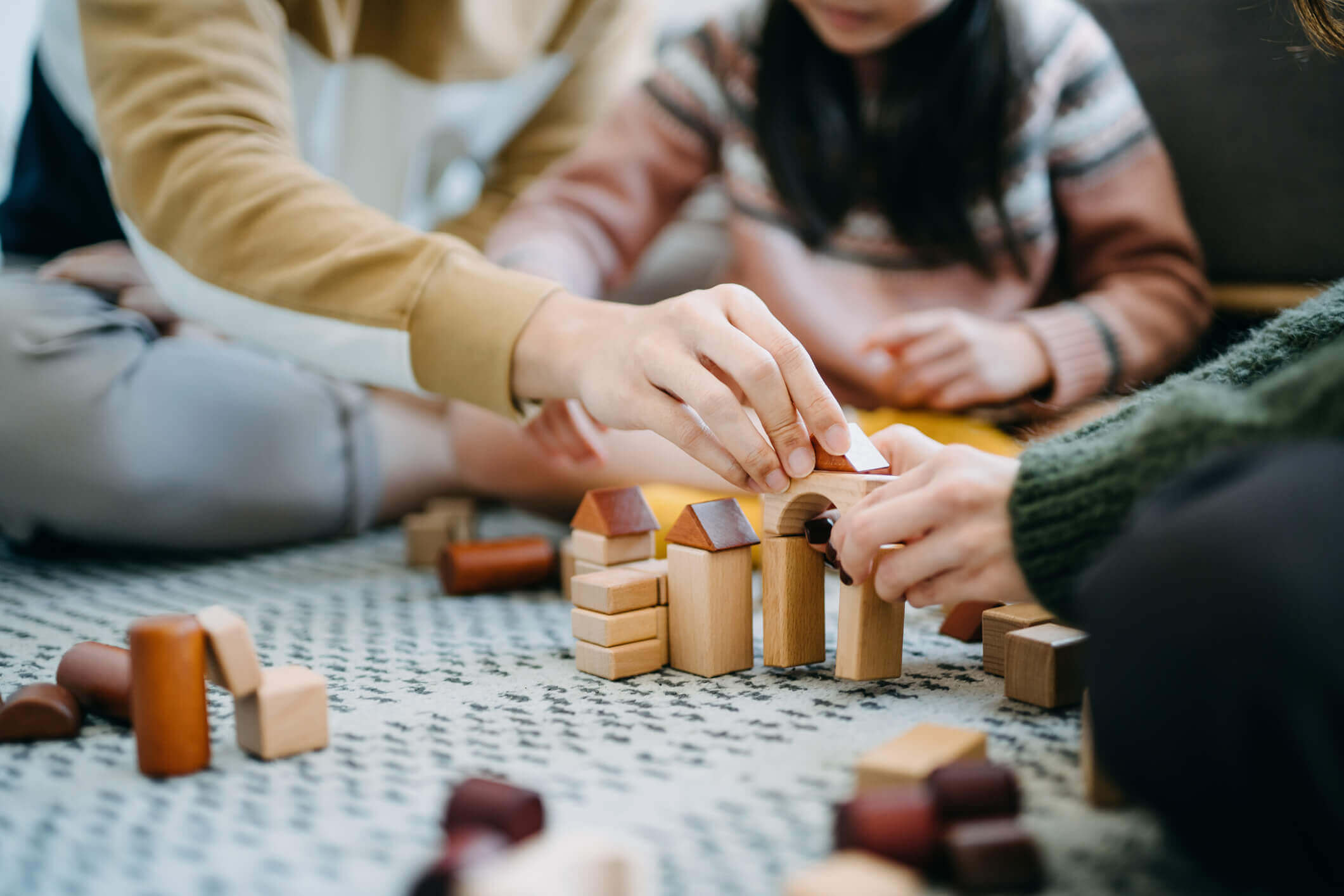As a teacher, it’s important that you give your students plenty of time to practise the information you’ve taught them in class. Distributed practice and mass practice are two common methods of practice and studying. While massed practice has its place, distributed practice has been found to be a more effective method for retention and recall.
In this article, we’ll explore the cognitive science behind these practices, dissect their strengths and weaknesses, and provide actionable tips on how to integrate effective methods of practice into your classroom to improve the academic performance of your students.
What is massed practice?
Massed practice definition: a learning procedure in which practice periods for an activity are not separated by any rest periods or are separated by short rest periods only.
Massed practice involves students practising a new skill or learning a large amount of information in a single session or in a short time frame. For example, if you teach your students about a single topic in class and then have them complete practice problems about that topic within that same class or very soon after. Another all-to-common example of mass practice is when students cram for an exam or test the night before the assessment.
What is distributed practice?
Distributed practice definition: a learning procedure in which practice periods for an activity are separated by lengthy rest periods or periods of practising other activities.
Distributed practice, on the other hand, involves students practising something over many different sessions. Therefore, information is learned in smaller increments over time. For example, you could show your students how to complete a problem in class and then ask them to practise the exercise on multiple occasions over the next few weeks at home and in class. Or, a student studying for an exam may choose to study for one hour a day over several weeks.
Distributed vs massed practice<
Massed practice is a common method used by both teachers and students. Teachers will often establish lesson plans that encourage mass learning by delivering a lot of information about a single topic in a short period of time – within a single lesson or over a couple of lessons. Cramming for an assessment the night before is another example.
However, studies have shown that learning information or practising a task in small increments over time is a more effective method than massed practice for retaining information and later retrieving it. This is due to several cognitive factors, which we’ll dive into below.
In fact, distributed practice is considered so effective that it has been listed by the Victorian Department of Education and Training (DET) as one of the HITS – a high impact teaching strategy.
The HITS refer to the practice as “multiple exposure”. It involves exposing students to the same content multiple times. The idea behind this strategy is to expose students to topics in different ways, making the information more meaningful and memorable. Repeated exposure also allows for students to build upon what they have already learned and gain new insights into the topic.
Cognitive factors at play
Studies have shown that learning information in small increments over time is a more effective method than massed practice for retaining information and later retrieving it. There are several theories as to why this is the case.
The forgetting curve
After learning something new, we immediately and rapidly start to forget that information. This is then followed by a more gradual loss over time. This is called the forgetting curve.
Information learned through massed practice is subject to this forgetting curve. The student learns a lot of information all in one go, and then promptly starts to forget this information. Compare this to distributed practice, where the student is practising to recall the information over and over again, thus committing it to long-term memory.
Encoding variability theory
The encoding variability theory states that if you learn something in various ways or contexts, your brain is more likely to remember it. By giving your brain more chances to build strong memories, you’ll be able to recall information more easily when you need it. By spacing out your practice, you’re giving your brain more opportunities to learn the information in various ways and in various contexts.
The theory states that by experiencing the information in many different contexts, your brain creates stronger connections to that information. So when you go to recall that information, you have several different pathways to get there.
Study-phase retrieval theory
The study-phase retrieval theory states that forcing the brain to retrieve information repeatedly strengthens memory pathways and makes it harder to forget that information. In essence, students who use the distributed practice method are practising retrieving information again and again, which means, in the long run, the information is easier to recall.
Consolidation theory
The consolidation theory states that the more practice that occurs, the more likely it is that the learning will be committed to long-term memory. When we practise, the brain physically changes, strengthening synapses (the pathways that carry memories) and creating new ones. This means that next time you go to recall information, your brain is more efficient and you’re not only able to recall the information faster, but you’re able to solve even more challenging problems. Each time we practise, we further strengthen our synapses and grow new ones, ensuring our memories are committed to long-term memory.
Interleaving learning theory
Interleaved practice is a learning technique where you mix or alternate between different types of information or skills while studying. Instead of focusing on one thing at a time, you switch between topics or subjects.
The idea behind interleaved practice is that it makes your brain work a bit harder. Your brain has to figure out which information or skill is needed at the moment. This extra effort strengthens your memory and helps you become more flexible in applying what you’ve learned.
When to use mass practice
While studies have shown that distributed practice is more likely to result in improved academic performance, there are situations where mass practice is suitable. Mass practice is excellent for quickly memorising information, as well as for practising physical activities where repetitions in a small time frame helps students focus on technique. Mass practice may be effective for tasks that have clearly defined goals and no need to learn beyond that goal. If a student needs to learn a basic skill, or doesn’t need to retain the information for long, then they may choose to use mass practice.
Mass practice can also be used initially to achieve a certain level of skill, and then be followed by distributed learning to encourage long-term retention.
How to implement distributed practice
When using distributed practice with your students, ensure to follow best practice for the best outcomes. Some tips include:
- Create spaced learning schedules: Establish a spaced learning schedule by planning frequent and short review sessions throughout the semester (not just in the lead up to formal assessment).
- Switch between topics frequently: Avoid massed teaching by switching between different topics throughout your lessons and mixing old content with new ideas.
- Space out assessments: Distribute assessments throughout the semester. This might look like a review exercise at the end of every lesson and pop quizzes throughout the semester.
- Encourage regular self-quizzing: In addition, encourage your students to test themselves regularly. This will give students even more opportunities to practise their recall of information.
- Integrate varied learning activities: Make sure you provide a variety of learning experiences. For example, project-based learning, collaborative learning, virtual learning using technology, and independent learning. Use multimedia and technology, run class debates, and incorporate small group projects. Ensuring your students are engaged will lead to better retention and recall of information.
- Encourage actual practice: Distributed practice must involve actual practice, not just reviewing notes, as practice is shown to help with retention.
- Provide feedback: When spacing learning, it’s important to provide students with timely feedback to ensure they don’t repeat the same mistakes multiple times.
- Use technology: Consider using technology to help your student revise information in a fun, engaging and and efficient way.
The role of technology
Technological tools have significantly enhanced the implementation of distributed practice. Here are some examples of tools and platforms that you could use in your classroom:
- Digital calendars and reminders: Tools like Google Calendar, Microsoft Outlook, and other scheduling apps can help students set up regular study sessions for different subjects or topics.
- Task management apps: Apps like Todoist, Trello, or Asana can help students organise their study tasks and allocate time for distributed practice sessions.
- Flashcard apps: Digital flashcard apps like Anki and Quizlet allow students to create flashcards and schedule them for review at spaced intervals, aligning with the principles of spaced repetition.
- Gamified platforms: Incorporating elements of game design into lessons can enhance distributed practice and make learning more engaging. Gamified platforms can be used to track progress, earn virtual rewards and badges, introduce challenges and competitions, incorporate social features like leaderboards, turn review sessions into interactive quizzes, and create immersive learning experiences through storytelling.
Enhance distributed practice with Promethean
If you’d like to learn more about using technology to enhance distributed practice in your classroom or school, get in touch. Our suite of EdTech tools, including next generation interactive displays and teaching software, can make distributed practice more convenient, engaging and effective.
Recommended articles:




